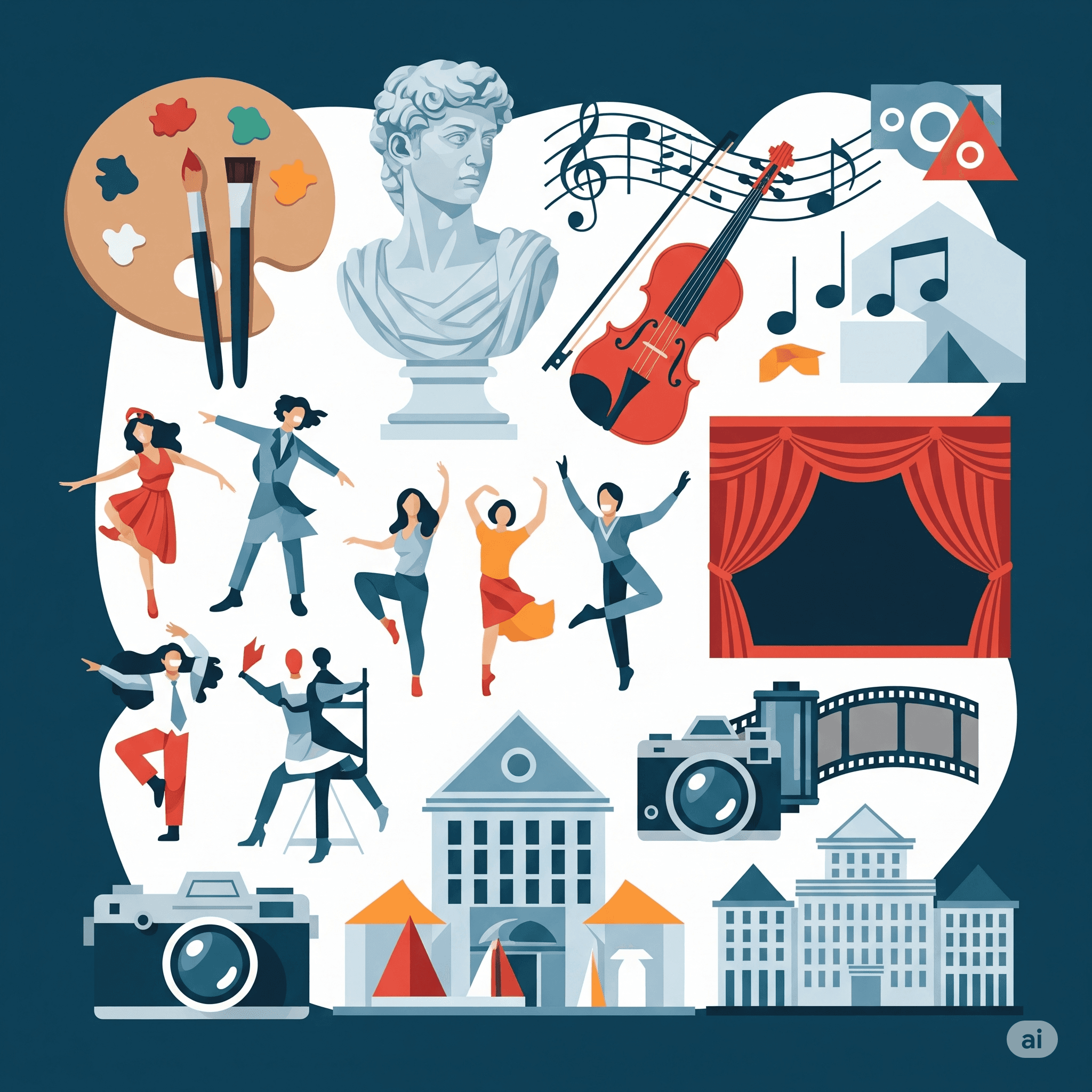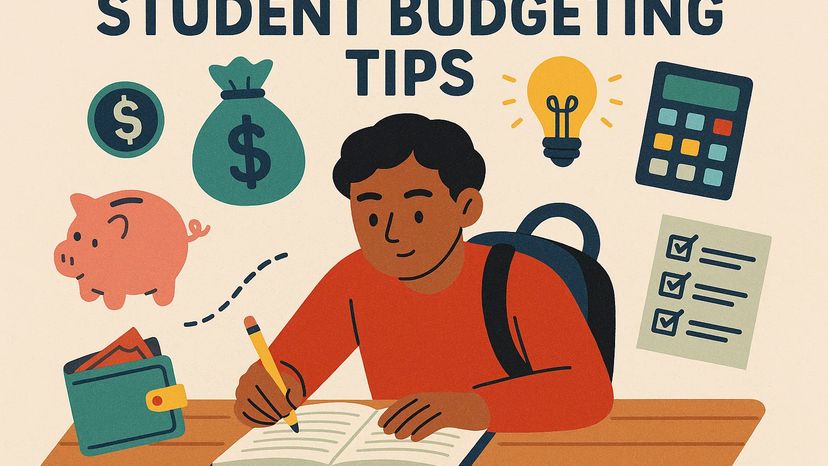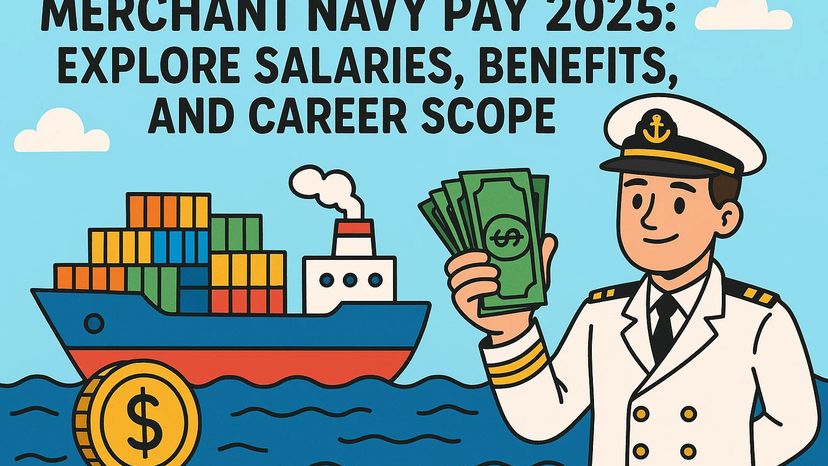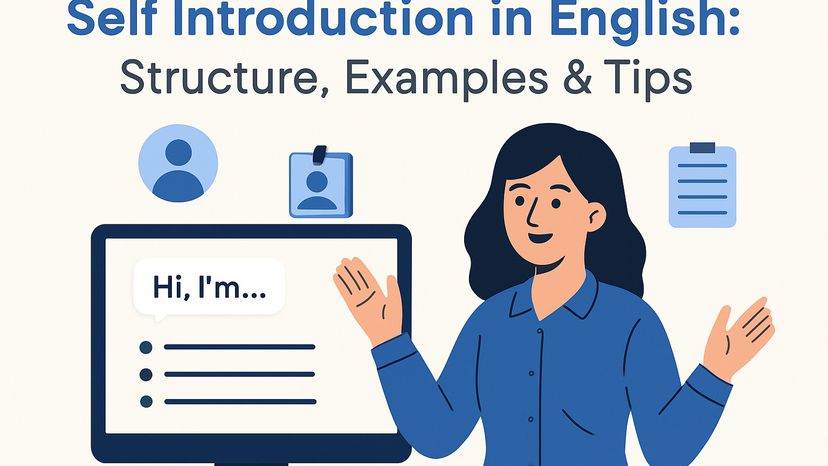Fine arts have been known to be the heart of human creativity. Fine arts given the trilogy reasons Fine arts can be seen in the form of an interpreted painting, sculpture, song, or dance. Fine arts help connect people to their stories, emotions, and cultures through the exploration of expressive art forms that allow for expressions beyond texts. For most of us, fine arts are not confined to one course in high school or university but certainly influence an ontological position of self-expression, self-exploration and our experience.
In the contemporary pace and increasingly technological world we live in, understanding the value of creativity and artistic expression is an essential aspect of learned dialogue. We especially see this for students who may be taking fine arts class 12 curriculum or for people wondering about paths to study fine arts as a career. This blog will unpack the fine arts definition, fine arts nature, fine arts scope, and the importance of the fine arts in a reader-friendly way, entirely with the intent to inform, and hopefully to show that fine arts is not just a subject matter, but a path of discovery.
What is Fine Arts?
When we ask what is fine arts, we want to know its main function: to express beauty, feelings or ideas through creative skill. Unlike applied arts, which have a purpose (fashion or graphic design), fine arts exist for primarily aesthetic and expressive purposes. Fine arts focus on artistic value instead of utility.
Fine arts can be stated to include:
- Painting
- Sculpture
- Music
- Dance
- Theatre
- Photography
- Architecture
An example could be a painting that has a narrative without words or a musical note that brings a feeling or imagery. Fine arts connect with a deep experience with both the artist and the observer.
The Nature and Scope of Fine Arts
Fine art is fluid, dynamic, and continuously shape-shifting, often based on culture, history, emotion, and even the political climate. The nature of fine art is free expression and less rigid in its parameters. The freeing nature of fine art makes it a powerful medium for storytelling and advocacy.
Scope of Fine Arts:
- Education & Academia: Fine art may be offered as an elective or main course such as in Fine Arts class 12.
- Professional Courses: Different institutions around the world will offer fine arts courses of study at a diploma, undergraduate or postgraduate level.
- Careers: Careers may range from fine artists or designers to working in galleries, education, or even therapy.
- Media & Entertainment: These opportunities regularly cross over from theatre to animation, music production, and even film directing.
- Digital Production: Increasing scope for artists online through online galleries, NFT art, content creation, etc.
You can discover and explore educational and career pathways with Infigon Futures expert counsellors who will guide you based on your interests and skills.
Significance of Fine Arts in Our Lives
Why is fine art so important? Let's explore:
- Emotional expression - It expresses ideas and feelings that cannot always be put into words.
- Cultural preservation - Fine art is a recording of our civilization, its beliefs, and its struggles.
- Personal development - Fine Art helps develop creativity, patience, and critical thinking.
- Psychological benefits - Art therapy is documented as benefiting anxiety, stress, and emotional recovery.
- Employment opportunities - The field is international and growing with the creative industries.
If you're interested in art, but not sure, perhaps you can begin by taking an online psychometric test, to identify your strengths.
Types of Fine Art
Learning the types of fine art can help you find a type of fine art that you like for yourself. These types are just some of the more popular types of fine art:
- Visual Arts: painting, photography, sculpture, and printmaking.
- Performing Arts: dance, music drama, and theatre.
- Literary Arts: poetry, fiction, scripts, and essays.
- Digital & Design Arts: animation, 3D modeling, and fine art design.
Each type of fine art provides a different avenue for your creative exploration and cultural enrichment. The fine arts class 12 will provide students an introduction to these types of fine art, which will establish a pathway for students to keep exploring throughout their lifetime.
Find out how the fine arts can contribute to understanding society in this blog about sociology in life.
Fine Arts Courses and Career Possibilities
Fine arts courses can lead to many creative and professional possibilities. Here is what to consider:
Fine Arts Course Details
- Eligibility: Grade 10th or Grade 12th
- Subjects: Drawing, color theory, art history, design principles, sculpture, and photography
- Jobs: Artist, art director, animator, designer, teacher, museum curator, and therapist
- Duration: Diploma (1–2 years), Certificate (6 months–1 year), Degree (3–4 years)
To learn more about institutions that offer these types of programs, have a look at a list of partner institutions on Infigon Futures platform.
If you're looking for government job prospects, particularly in the arts and culture realm, check out this guide to easy govt exams.
What Fine Arts Encompasses Beyond the Canvas
Fine arts includes much more than only a visual aspect of creativity. It brings together emotions, movement, narrative, and even silence in unimaginable ways. While some advocates for each could be noted, we highlight areas that may be overlooked, or not first considered:
- Art Therapy
- Curation and Museum Studies
- Performing for Film and Theatre
- Event design and exhibit planning
- Art Criticism and Journalism
While one might better understand what fits, speaking with assigned counselling staff can assist further in clarifying choices, and help you ask the right questions.
Frequently Asked Questions
Q1.What is fine arts in layman’s terms?
Ans. Fine arts is an arts discipline such as painting, music, dance and theatre, a group of subjects that emphasizes expressing emotions and beauty rather than utility and KPIs (key performance indicators).
Q2.What does the fine arts mean for students?
Ans. The fine arts meaning for students is a subject that will allow for creativity and self-expression and gives new influences and abilities for different career possibilities.
Q3.What are the examples of careers after a fine arts course?
Ans. A fine arts course can lead to opportunities internally or externally as an artist, designer, illustrator, animator, art teacher, curator or art therapist.
Q4.Is there a future in Fine Arts today?
Ans. Yes, there is a future in fine arts, and even more opportunities are growing. With technology and digital platforms development, and more creative industries emerging to meet demand, we can find many fresh new opportunities with fine art design, visual storytelling and production and the performing arts.
Q5.Where can I read more articles like this one on careers and education?
Ans. You can find helpful, thought-provoking articles on education, careers, competitive examinations and more at Infigon Futures Blogs. It can be a useful way to stay informed and educated about your choices.











